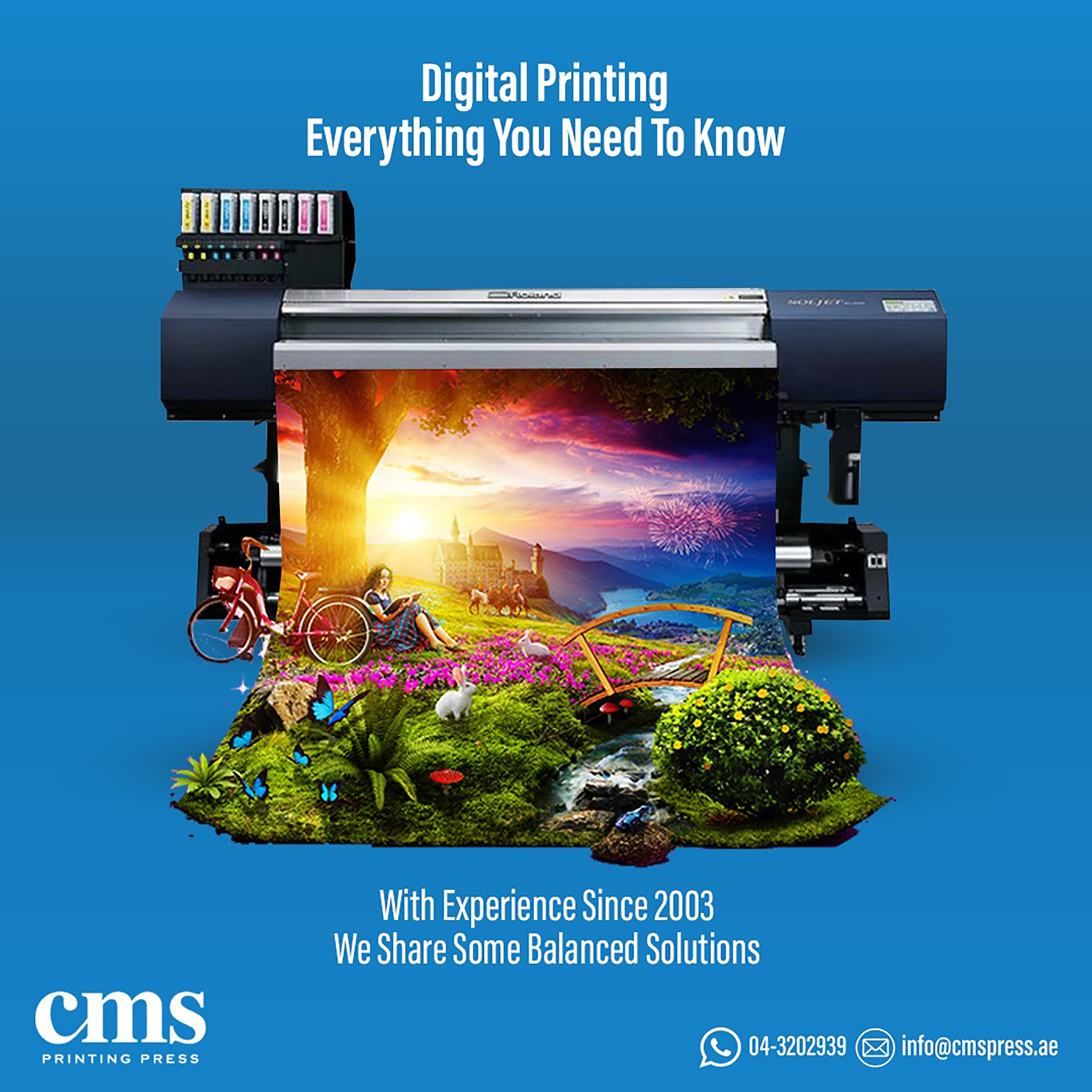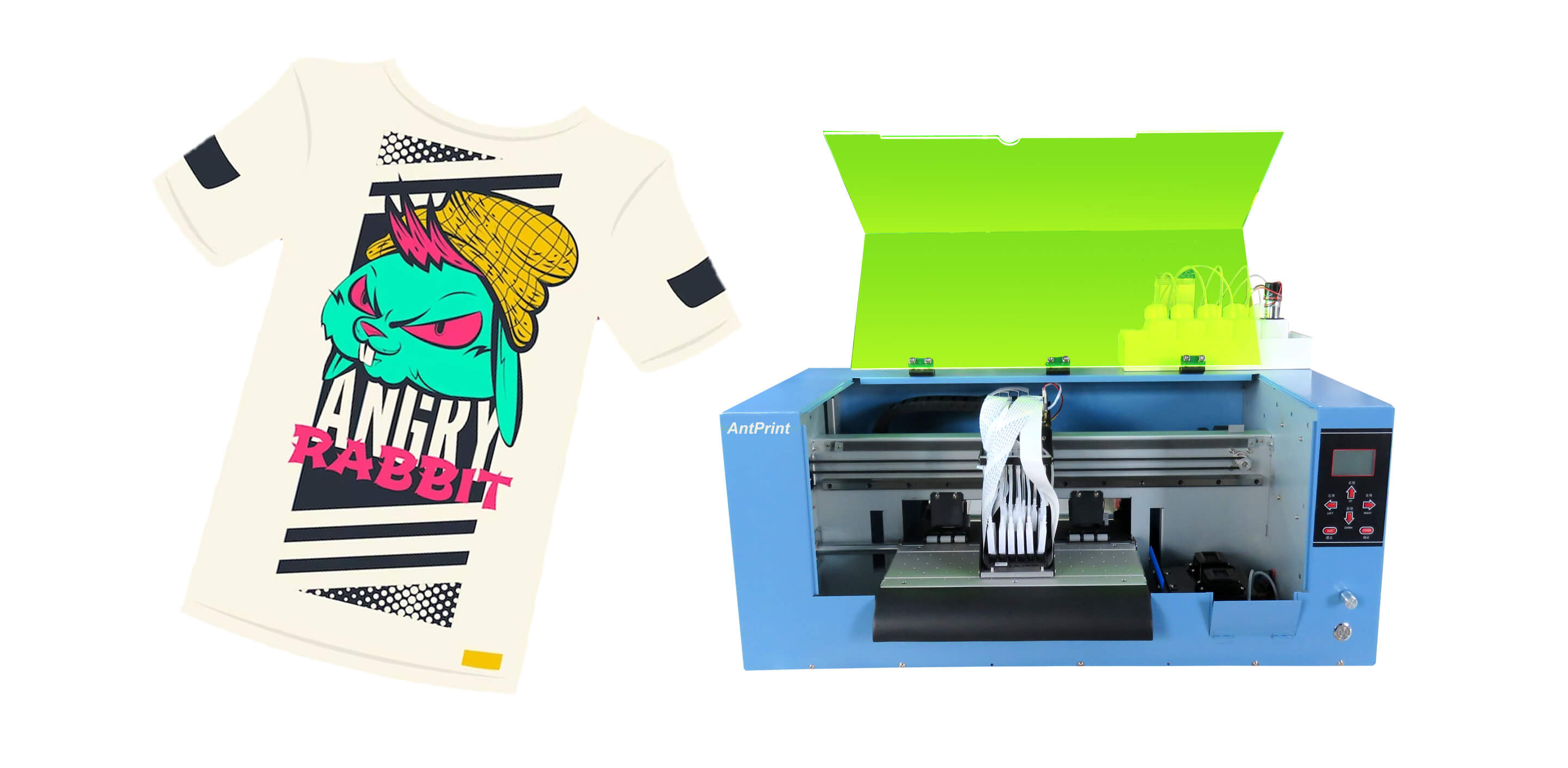There are endless niche opportunities available in print on demand markets.
There are endless niche opportunities available in print on demand markets.
Blog Article
Understanding Exactly How Digital Printing Reinvents the Printing Sector
The printing market, long soaked in conventional approaches, is undergoing a radical makeover with the arrival of electronic printing. With its potential to stimulate interaction with individualized material and to offer lasting solutions, it's clear that digital printing is even more than a technological advancement; it's a crucial game changer.
The Advancement of Digital Printing: A Brief Introduction
Because its inception, digital printing has undergone considerable improvements, constantly changing the printing market. With the development of the 90s, electronic printing modern technology started to grow, and the market witnessed the introduction of direct imaging presses, which eliminated the requirement for printing plates. As the brand-new millennium unfolded, advancements in modern technology even more spurred the development of digital printing, leading to the creation of high-speed inkjet printers.

Unpacking the Technology Behind Digital Printing
Diving right into the ins and outs of electronic printing technology, one runs into an abundant tapestry of advanced equipment and complex algorithms. At the heart of this process exists a digital photo, which is processed by software that separates it into a grid of dots. These dots are after that transformed right into a digital code. This code is interpreted by the printer, which uses it to exactly deposit beads of ink onto the substratum. The beads are so tiny and specific that they develop an image that is practically indistinguishable from the initial. This detailed system, strengthened by innovative software and high-resolution imaging, has actually transformed the landscape of the printing industry, leading the way for extraordinary levels of detail and accuracy.

The Advantages of Digital Printing for Organizations
Comprehending the technology behind digital printing click over here offers a clear image of its precision and detail. Digital printing is environmentally pleasant, utilizing less ink and producing less waste. The full possibility of digital printing is recognized when used for personalization and customization, a subject that will be covered in depth in his explanation the following area.
The Function of Digital Printing in Modification and Personalization
While typical printing approaches fight with customization and personalization, digital printing succeeds in these locations. It enables the simple modification of styles, without the need for pricey and lengthy plate changes (print on demand). This makes it possible for organizations to customize items to private customers, meeting specific requirements and improving customer fulfillment
Digital printing also enables variable information printing, where elements such as message, graphics, and photos may be changed from one published piece to the following, without reducing down the printing process. This is especially helpful for straight advertising campaigns, where customized messaging can substantially boost response prices. In this means, electronic printing not just reinvents the printing industry yet also transforms the method organizations communicate with their clients.
Evaluating the Environmental Influence of Digital Printing
Although digital printing has been admired his explanation for its role in modification and personalization, it is vital to analyze its environmental effect. Digital printing can be much less inefficient than traditional methods, since it runs on a 'print as needed' basis, removing the need for big print runs that can lead to excess and waste. In addition, it makes use of fewer chemicals and creates less unstable natural compounds (VOCs) contrasted to balance out printing. The power usage of electronic printers can be high, leading to raised carbon footprint. Additionally, the use of non-recyclable printing components and the difficulty of e-waste administration position considerable ecological worries. While electronic printing has lots of benefits, its ecological influence should be conscientiously managed.
Conclusion
In verdict, electronic printing has changed the printing sector, offering rapid, economical, and premium options - print on demand. Comprehending these adjustments is important for companies to utilize the benefits of digital printing efficiently.
Report this page